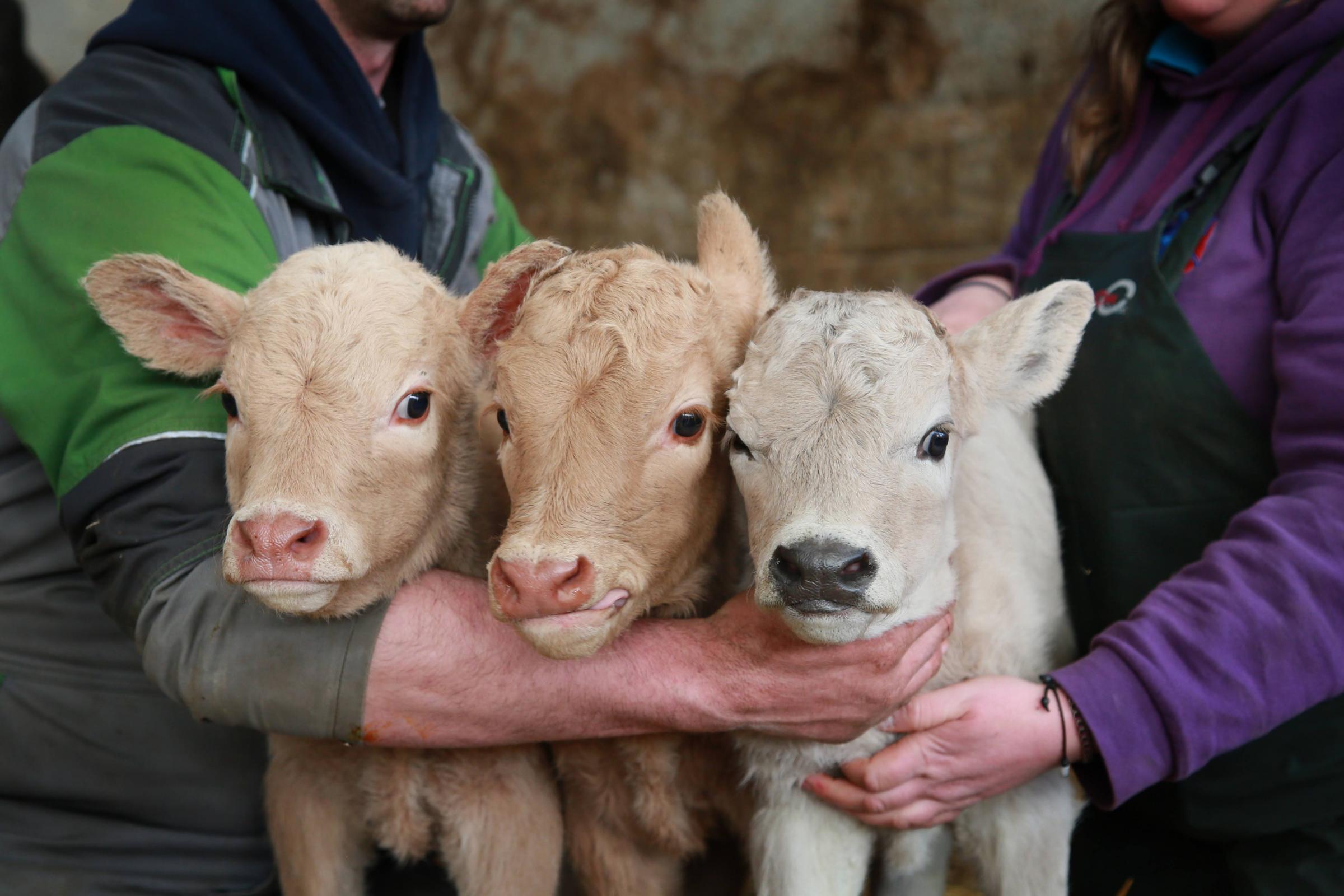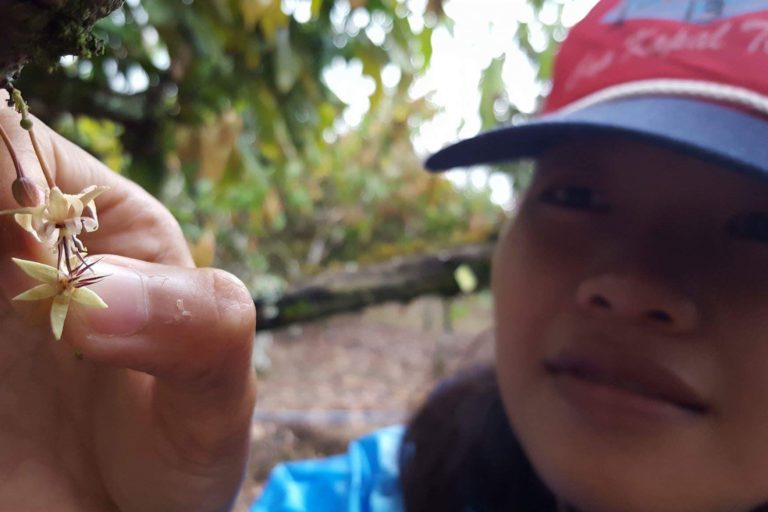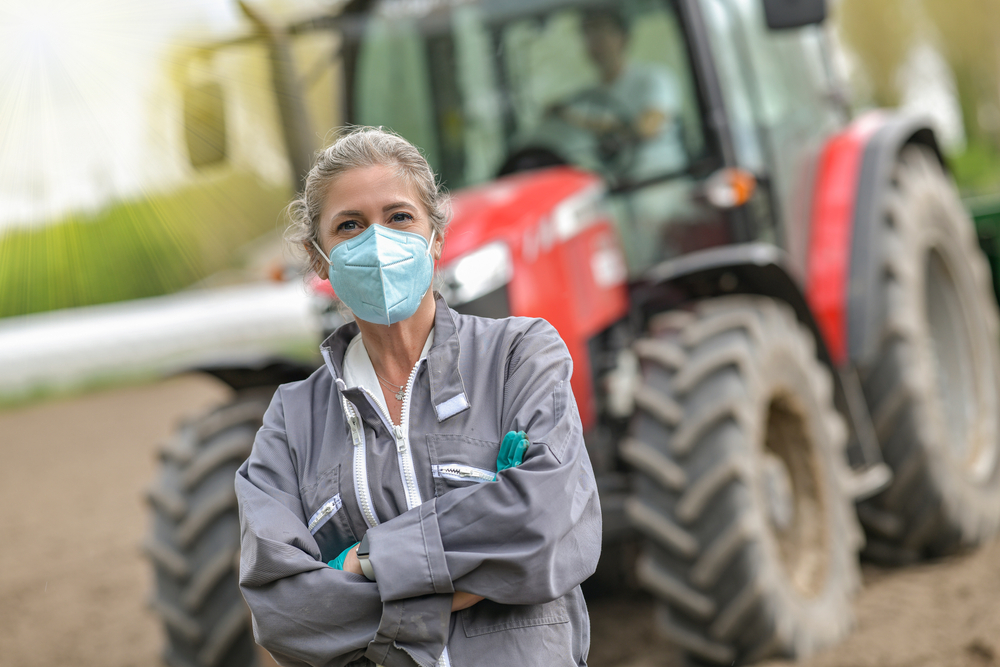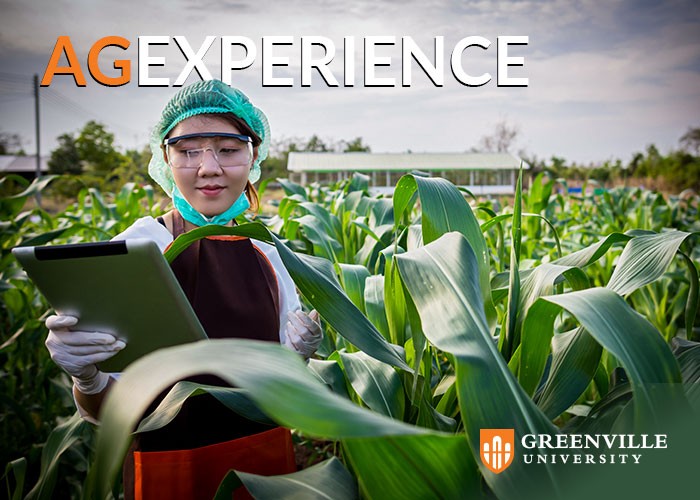 John LaRose Jr.
John LaRose Jr.
Topics: Dairy, Agriculture Global, Beef Cattle,
County Durham cow gives birth to triplets, defying 1-in-100,000 odds
George Collins knew one of his cows was in labour, but he couldn’t have anticipated what would be in store for him Saturday lunchtime.
-
(0)
-
Bookmark
- Comments (0)
 John LaRose Jr.
John LaRose Jr.
Topics: Soil Health, Agriculture Global, Water, World Population, Regenerative Agriculture,
GUEST ARTICLE -- How to be a Soil Keeper: Restoring the Regenerative Capacity that's Essential to All Living Systems
This Guest Article for REVITALIZATION was written by Kiley Arroyo. In this critical moment in our shared history, the call for transformational change is...
-
(0)
-
Bookmark
- Comments (0)
 John LaRose Jr.
John LaRose Jr.
Topics: Precision AG , Agriculture Global, Research, Ag Tech, Ag Innovation, Government / Policies, World Population, Regenerative Agriculture,
NASA Astronauts Will 'Fuel' Plants on Mars With Space Station-Born Bacteria
NASA helped discover three new bacteria species on the ISS! They will help us grow food in space.
-
(0)
-
Bookmark
- Comments (0)
 John LaRose Jr.
John LaRose Jr.
Topics: Precision AG , Agriculture US, Agriculture Global, Economics, Ag Tech, Renewable Energy (Solar/Wind), Education,
Twisting, Flexible Crystals Key to Solar Energy Production
Researchers show how shapes and movements of halide perovskites create desirable renewable energy properties
-
(0)
-
Bookmark
- Comments (0)
03/16/2021 SOURCE: www.fool.com
Zoetis has proven to investors that the pharmaceutical apple doesn't fall far from the tree.
Why Zoetis Is the Pfizer of Animal Healthcare @themotleyfool #stocks $ZTS $PFE
-
(0)
-
Bookmark
- Comments. (0)
 John LaRose Jr.
John LaRose Jr.
Topics: Agriculture Global, Economics, World Population, Regenerative Agriculture,
This technology collaborative promises a brighter future for solar
BlueDot Photonics aims to make solar power more efficient and affordable.
-
(0)
-
Bookmark
- Comments (0)
 John LaRose Jr.
John LaRose Jr.
Topics: Agriculture Global, Beekeeping, Cocoa, Sustainability, Research, Ag Africa, Pollinators,
Getting hands-on with pollination can boost cocoa yields, study shows | South Africa Today
Less than 10% of flowers in a cocoa tree are pollinated in natural conditions. Efforts to bolster the yields traditionally involved breeding programs or the use of fertilizers and other chemicals. A new study on Indonesian cocoa farms took a different approach: pollinating by hand. Researchers compared cocoa yields using their hands-on process versus traditional […]
-
(0)
-
Bookmark
- Comments (0)
03/13/2021 SOURCE: modernfarmer.com
It’s been a truly wild year in food and agriculture. To be fair, it’s been a truly wild year everywhere, one marked by massive societal and economic upheavals as a result of the COVID-19 pandemic—and, in the case of the United States, by the government’s response to the crisis. We’ve put together a timeline of some of the most important moments over the past year related to food and agriculture and its intersection with COVID-19. January 20, 2020. The first official positive COVID-19 test in the United States is found in Washington state. It’s likely that there were other cases
A Year (Plus) of COVID-19: How the Pandemic Hit Food and Agriculture
-
(0)
-
Bookmark
- Comments. (0)
 John LaRose Jr.
John LaRose Jr.
Topics: Jobs, Agriculture Global, Economics, Ag Europe,
Women farmers 'essential' for future, says French agriculture minister
An increasing number of women in France are entering the agricultural world, dominated by men for so long. EURACTIV France takes a closer look at the role of women farmers in the country.
-
(0)
-
Bookmark
- Comments (0)
 John LaRose Jr.
John LaRose Jr.
Topics: Agriculture Global, Beekeeping, Gardening, World Population, Pollinators, Education,
Bumblebees’ Self-Image Gets Them through Tight Spots
Sridhar Ravi was outdoors with his colleagues on a summer day in Germany when a group of bumblebees grabbed his attention. As the bees made their way from flower to flower, they skillfully flew between obstacles, dodging branches and shrubs. These actions seemed to require a complex awareness of one's physical body in relation to one’s environment that had only been proven to exist in animals with large brains. To examine this, a team of researchers at Australia’s University of New South Wales, Canberra, led by Ravi, set up a hive of bumblebees inside their laboratory. The bees could come and go via a tunnel, which could be partially blocked with an adjustable barrier. Ravi and his team made the gap progressively smaller over time, and observed how the bees’ reactions changed. The study , published in the Proceedings of the National Academy of Sciences , found the bumblebees measured the gap by flying side-to-side to scan it. When the gap became narrower than their wingspan, the bees took a longer time to scan the opening. And then they did something remarkable: they turned their bodies to fly through sideways . Some of the bees’ bodies did bump the sides of the narrowed opening—but every one of the 400 recorded flights through the gap was a success. “Over thousands of years nature has coded insects with some amazing attributes,” Ravi says. “Our challenge now is to see how we can take this and apply similar coding to future robotic systems, enhancing their performance in the natural world.”
-
(0)
-
Bookmark
- Comments (1)











